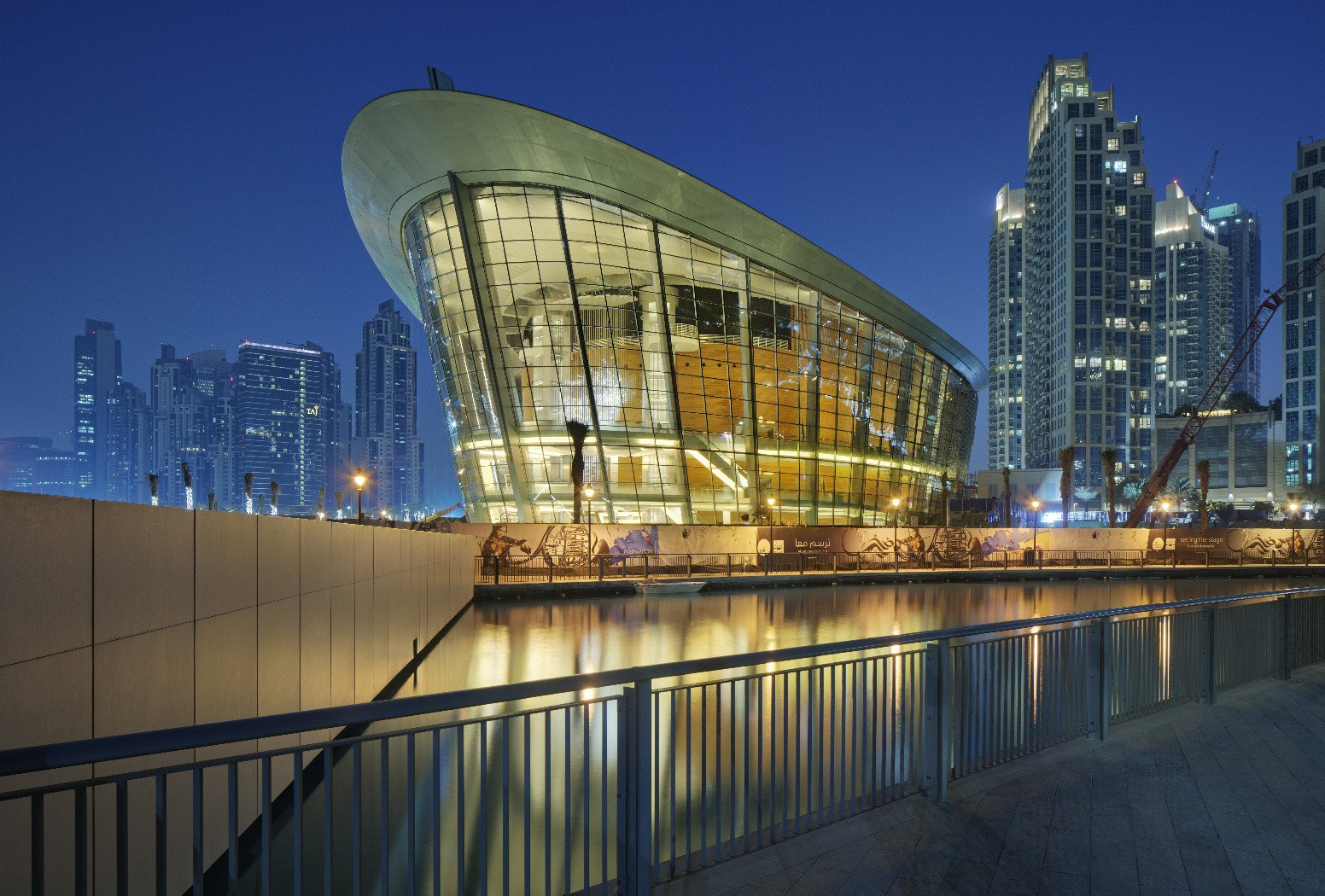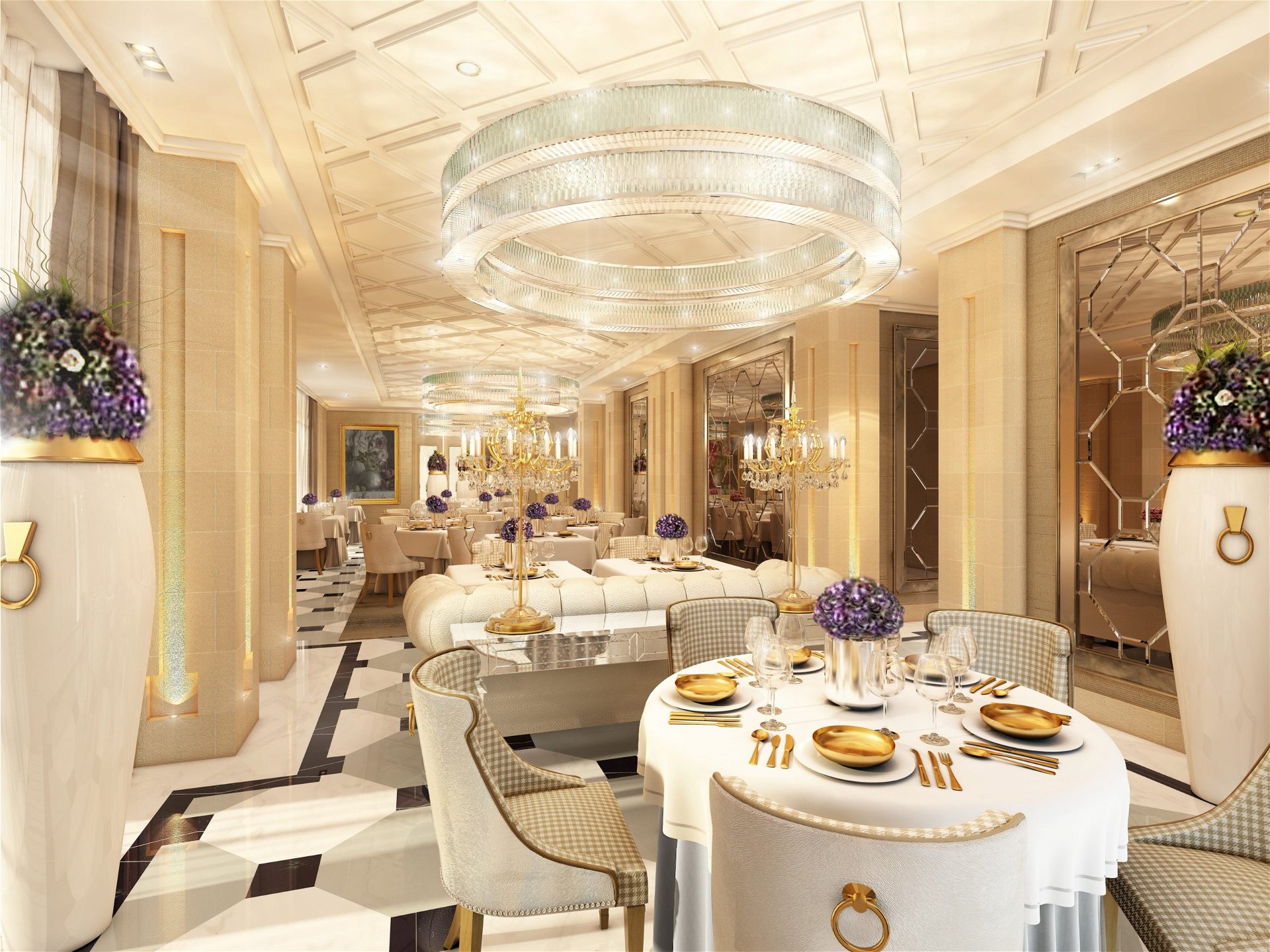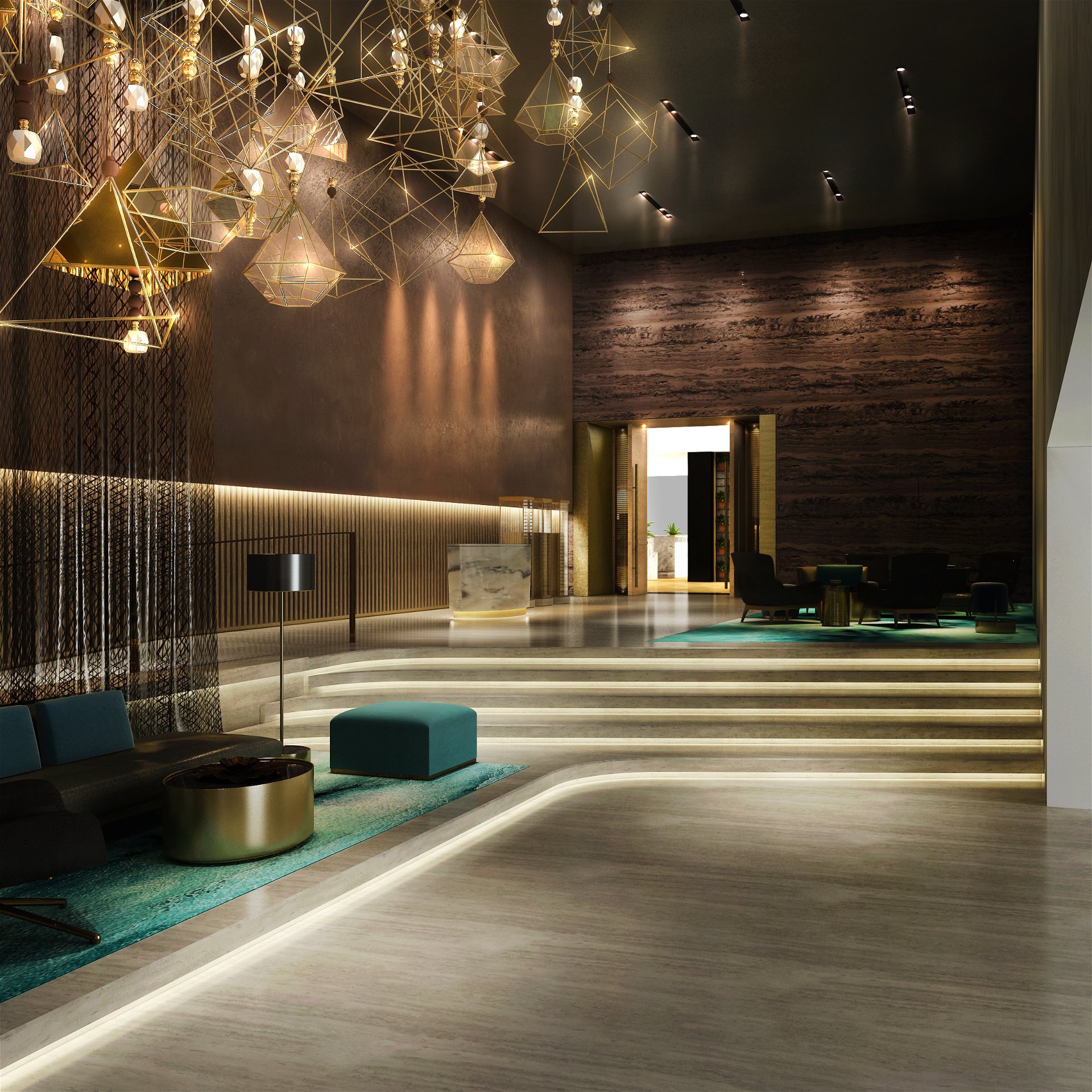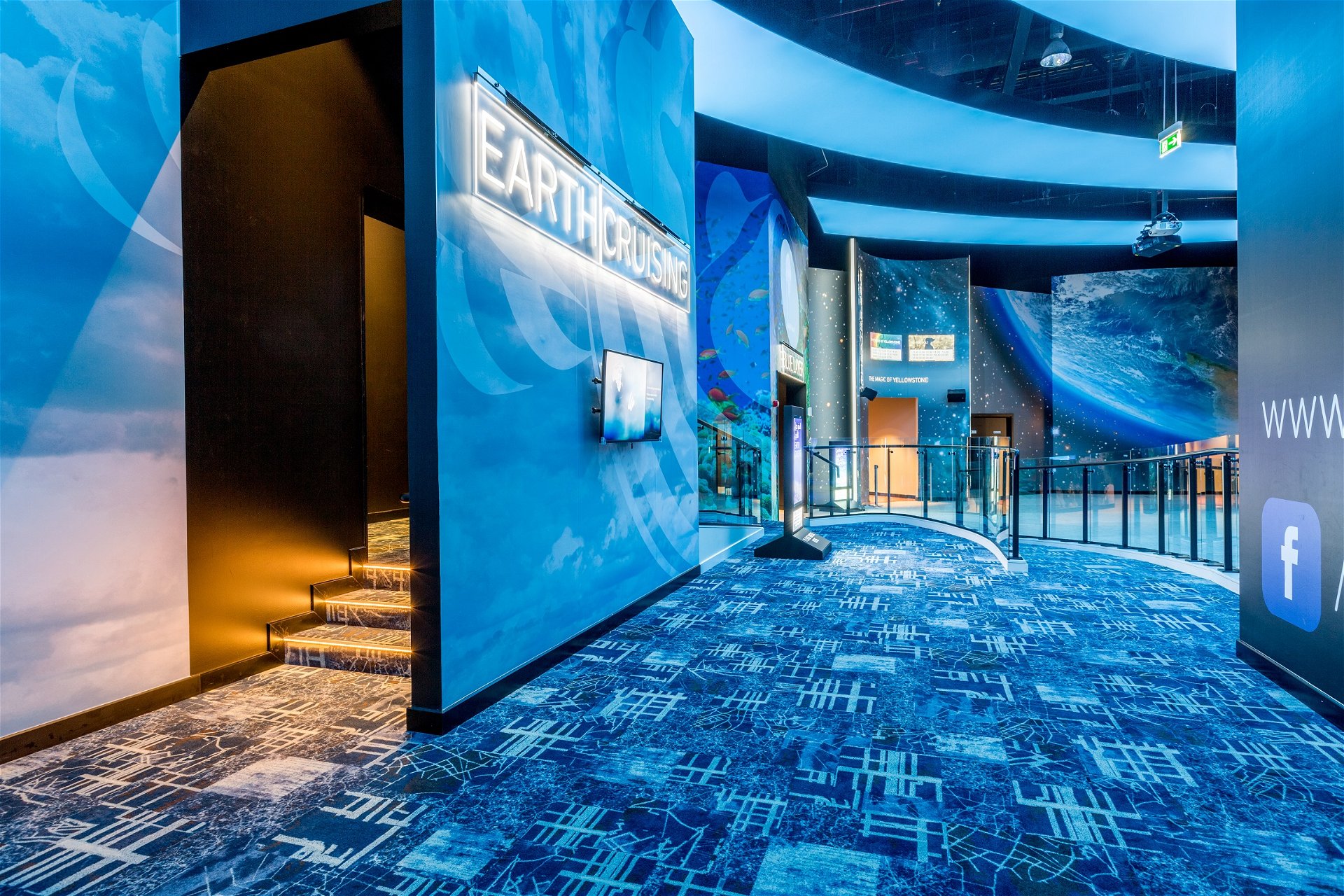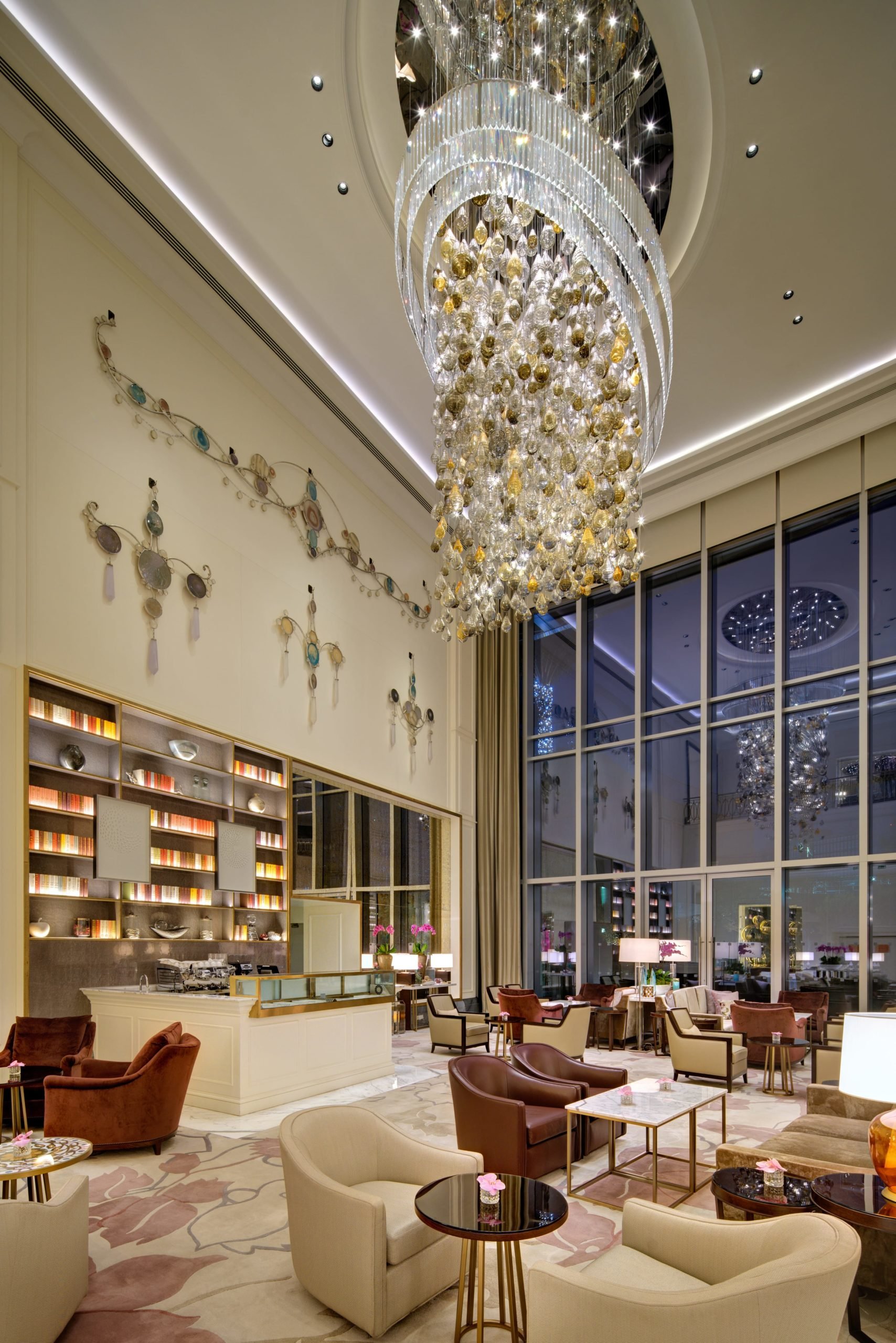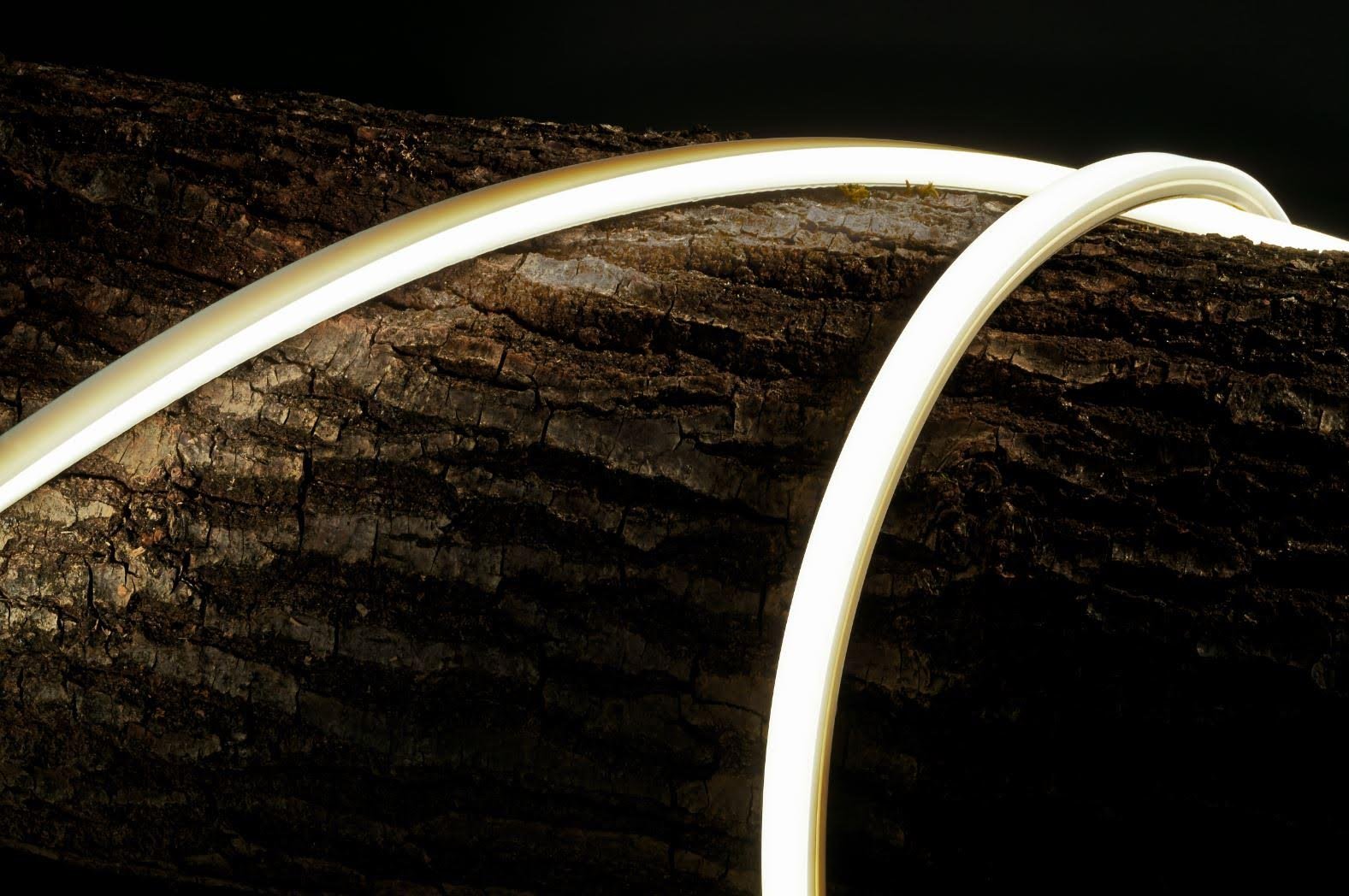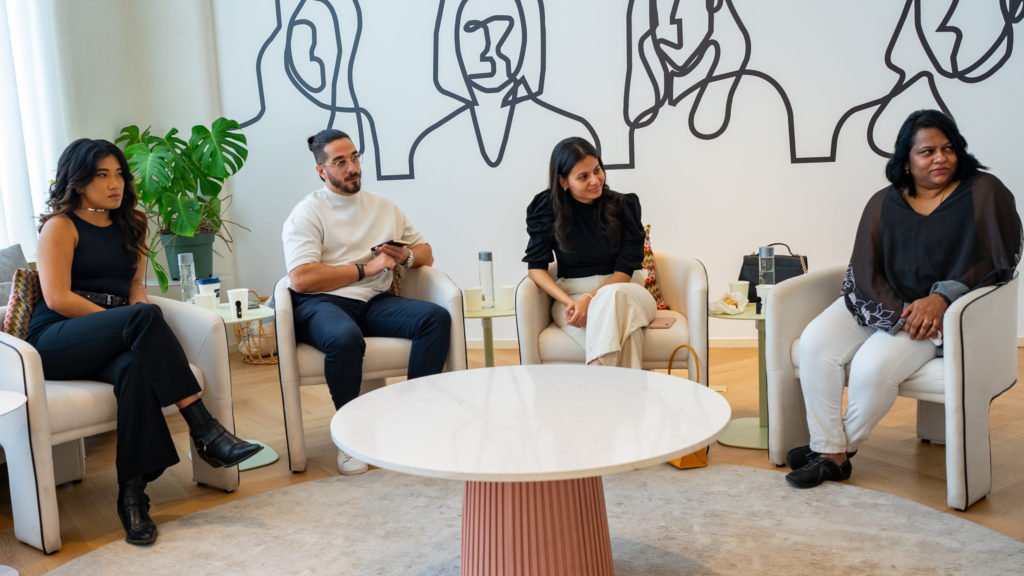As with any industry, lighting has its downsides too. The lowering cost of producing LEDs have resulted in a proliferation in the number of manufacturers able to produce these new lighting systems. While all of them produce chips that are seemingly according to spec, the performance isn’t consistent across the board, resulting in a different end product with each type of brand. “A 24-degree engine with a 3000 Kelvin colour temperature from one manufacturer, for example, will be different to that of another and the light performance will not necessarily be the same with the same beam angle. This is one of the reasons that you should never simply choose a product from a catalog. You have to test what is available for your particular specifications,” says Regina.
Project specifications are another aspect that been a challenge as of late, for designers and manufacturers. The checklist grows longer with every new trend or technology that becomes mainstream. Elliot mentions how highly competitive the space can get, meaning brands are in a constant race to be first to market before trends or technology move on. Having to balance the sustainability element while keeping costs low is a huge challenge.
Then, of course, there’s the much-dreaded value engineering phase that most projects are heading towards these days. And lighting is one of the first areas to be cut, even by means of post-budget approval. According to Regina, “this is a mistake! Lighting has the power to transform or ruin a space and so it should never be about finding a cheaper solution but rather about finding a quality alternative. Value engineering is fine but we need to put value back into value engineering.”
Working under artificial lighting for long periods of time has been known to dull the mood, and it causes fatigue and even depression in some cases. Elliot mentions, “using high quality LED with a colour rendering index of over 90 really helps to bring out the true colour of the materials used in the space. This stops us from seeing dull grey areas and helps to lift the mood.”
Premium lighting manufacturer Lasvit is fully aware of this and acknowledges nature as the source of inspirations for many of their designs. Their product designs don’t stop at the switch to LEDs. “In the modern age, we spend most of our time in the artificial built environment and hence our innate need to affiliate with nature grows more and more. Some of the Lasvit installations try to bring a piece of joyful nature into these cold buildings we are made to work in,” says Jitka Plchová, PR & Communication Manager of Lasvit. She tells us how her team designed and installed the Crystal Garden designed by Petra Junová at Terminal 3 of Singapore’s Changhi Aiport. This beautiful installation transformed one of the busiest transportation hubs in Southeast Asia into a place where travelers traverse through the space surrounded by tiered flower beds and glass dandelions.
Oliveiro Rodrigues, Business Development Director for OSRAM Lighting Middle East, tells us about the company’s human centric lighting concepts, and how concepts of biophilic design are integrated into the various solutions. “Human centric lighting defines the marriage of light, climate and space to correspond to the individual needs of people in particular surroundings. It is recommended that the use of natural daylight in the concept stage of lighting design is considered whilst reducing excessive exposure to UV rays, heat or glare, a disruptive effect due to direct sunlight. Since it’s easier to concentrate in good visual conditions, light atmospheres deemed to be pleasant achieve a greater sense of well-being and motivation and thereby contribute to improved creativity and productivity,” says Oliviero.

